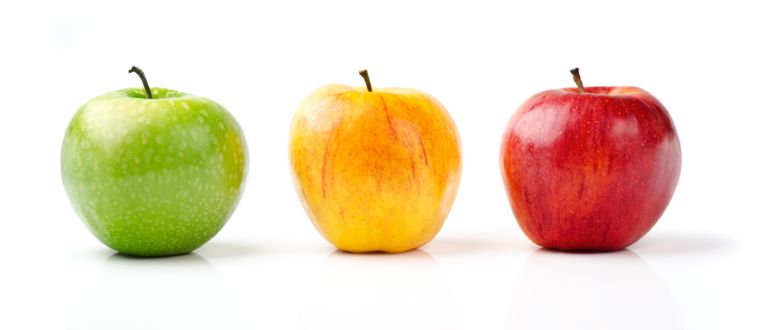Howard Pitler list four major problems with our current system of using letter grades:
- There is no consistency from teacher to teacher or from school to school. Schools and school districts may have different policies about grading; and these policies aren't necessarily the same from school to school or from school district to school district.
- Teachers decide the factors that go into a course grade and they decide the weighting for each of these factors. So called "hard teachers" and "easy teachers" is actually a real thing when it comes to grading in the letter grading system. Some teachers are more demanding than others; some teachers award "points" for non-academic behaviors such as showing up to class on time or not using all of your allotted bathroom passes. Merely completing homework can be part of the grade regardless of the quality or the "learning" that may have occurred while completing the homework.
- Grades discourage students from learning. Pitler quotes Alfie Kohn who says,
 “Kids who are graded—and have been encouraged to try to improve their
grades—tend to lose interest in the learning itself, avoid challenging
tasks whenever possible (in order to maximize the chance of getting an A),
and think less deeply than kids who aren’t graded.” The target becomes
the grade rather than the learning. Students take less challenging
classes because they want to “protect” their GPAs.
“Kids who are graded—and have been encouraged to try to improve their
grades—tend to lose interest in the learning itself, avoid challenging
tasks whenever possible (in order to maximize the chance of getting an A),
and think less deeply than kids who aren’t graded.” The target becomes
the grade rather than the learning. Students take less challenging
classes because they want to “protect” their GPAs.
4. Lastly, true learning often requires multiple attempts in which ultimate success doesn't happen until the end of the process. When students are more concerned about "getting grades", they tend to try less, they are less willing to go through the necessary struggle needed to achieve the ultimate level of true learning.There is another way to measure student learning and that is to compare their learning against standards (or proficiencies or competencies) that everyone can agree on. Proficiency-based Learning is not new. In fact it is growing in popularity among educators who want students and parents to have a better understanding of the actual learning that is taking place in our schools. One of the hallmarks of proficiency-based learning is the idea that students need time to re-visit topics and ideas in their journey toward true learning and true understanding. Hence, assessments are used to help students and parents to "see" the learning that occurred and to recognize the learning that still needs to happen. When students are re-assessed, grades aren't averaged. Instead, higher grades at a later time in the learning process are recognized as the actual level of learning that occurred. Therefore, students are encouraged to try harder.
Proficiency-based Learning should also allow students to work at their own pace. Ideally, they should not move on to something new until they have a good understanding of the current lesson or idea or standard. Also, students may have opportunities to demonstrate their understanding in multiple ways; not always via a summative test--however these tests can be still be used.
Schools are for learning, not for "getting grades". And we need to have a better system for identifying the learning that takes place. Too many students are graduating from high school without the skills to hold a job or complete college or make good decisions for themselves. We need to do better for our students so that they will have better options for their futures.




